Lithium hydroxide, monohydrate powder 98+% 1 g
SKU 004826-1
€ 158,89
In stock
1
Save this product for later
Lithium hydroxide, monohydrate powder 98+% 1 g
Product Details
CAS number: 1310-66-3
Chemical formulas: LiOH . H2O/ F.W. 41.96/ powder
Cation: Li
Packaging: 1 g
EAN: 8721028233592
Brand: Laboratoriumdiscounter
Lithium hydroxide, monohydrate powder is a highly sought-after compound used in various industries. With its unique properties, this substance is widely utilized in the production of lithium-ion batteries, ceramics, and pharmaceuticals. Its exceptional purity and stability make it an ideal choice for applications requiring high-performance materials. Discover the endless possibilities of lithium hydroxide, monohydrate powder and unlock new opportunities in your industry.
When working with Lithium hydroxide, monohydrate powder, it is important to follow these safety instructions: 1. Personal Protective Equipment (PPE): Always wear appropriate PPE, including safety goggles, gloves, and a lab coat or protective clothing, to protect your eyes, skin, and clothing from contact with the powder. 2. Ventilation: Work in a well-ventilated area or use a fume hood to prevent inhalation of dust or fumes. Lithium hydroxide powder can release harmful fumes when exposed to moisture or water. 3. Handling: Avoid direct contact with the powder. Use tools such as scoops or spatulas to handle the powder and transfer it to containers. Do not use your bare hands. 4. Storage: Store Lithium hydroxide powder in a cool, dry, and well-ventilated area away from incompatible substances. Keep it in a tightly sealed container to prevent moisture absorption. 5. Spills and Cleanup: In case of a spill, carefully clean up the powder using appropriate methods, such as using a vacuum cleaner equipped with a HEPA filter or dampening the powder with water to prevent dust formation. Dispose of the waste according to local regulations. 6. Fire and Explosion Hazards: Lithium hydroxide powder is not flammable, but it can react with certain substances, such as acids, to release heat and potentially cause a fire or explosion. Avoid contact with incompatible materials. 7. First Aid: In case of accidental contact with the powder, immediately flush the affected area with plenty of water for at least 15 minutes. Seek medical attention if irritation or other symptoms persist. 8. Emergency Procedures: Familiarize yourself with emergency procedures, including evacuation routes and the location of safety equipment, such as fire extinguishers and eyewash stations. 9. Training: Ensure that you have received proper training on the safe handling and use of Lithium hydroxide powder before working with it. Follow all instructions provided by your supervisor or safety officer. Remember, these safety instructions are general guidelines and may not cover all possible hazards or situations. Always consult the material safety data sheet (MSDS) and follow the specific safety recommendations provided by the manufacturer.
Please note, not all safety data for this product is available on our website, for a complete list of P en H sentences and other safety instructions please request the MSDS at our customer service
You May Also Like
Display prices in:EUR
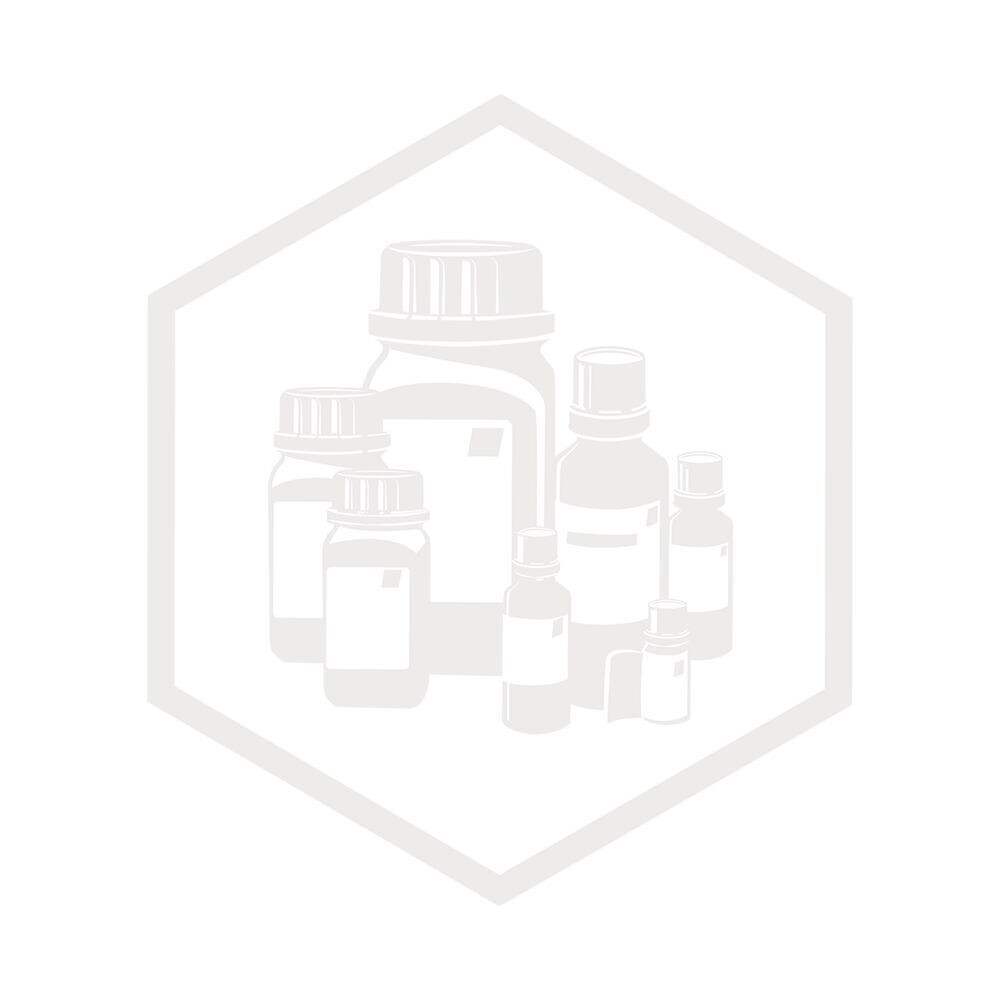
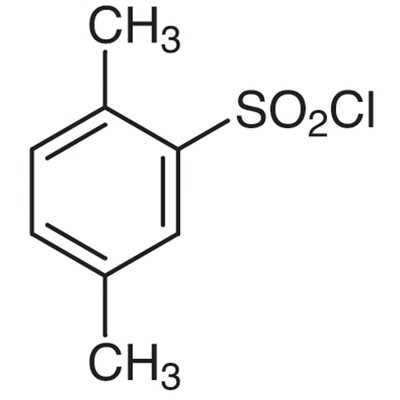
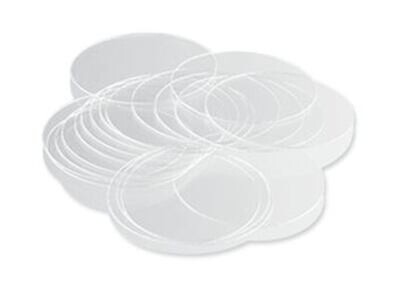


![(5-Bromo-1H-pyrrolo[2,3-b]pyridin-2-yl)methanol, 97.0%, 250mg (5-Bromo-1H-pyrrolo[2,3-b]pyridin-2-yl)methanol, 97.0%, 250mg](https://d2j6dbq0eux0bg.cloudfront.net/images/88473019/4763056310.png)

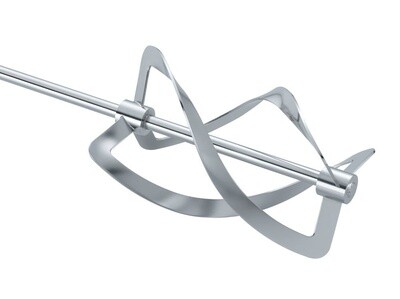
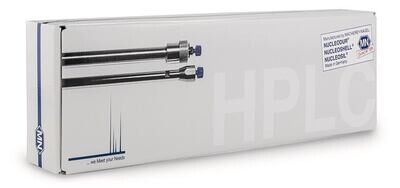

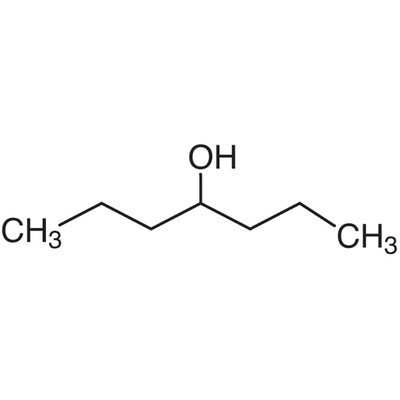
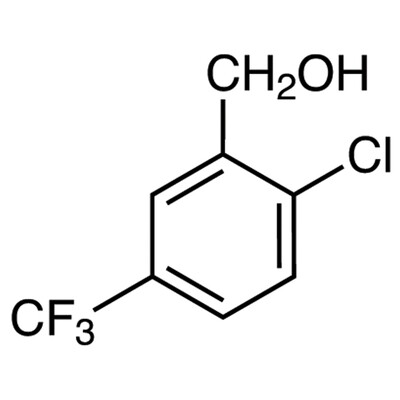
![tert-Butyl 7-Oxa-3-azabicyclo[4.1.0]heptane-3-carboxylate>95.0%(GC)1g tert-Butyl 7-Oxa-3-azabicyclo[4.1.0]heptane-3-carboxylate>95.0%(GC)1g](https://d2j6dbq0eux0bg.cloudfront.net/images/88473019/4045094223.jpg)
